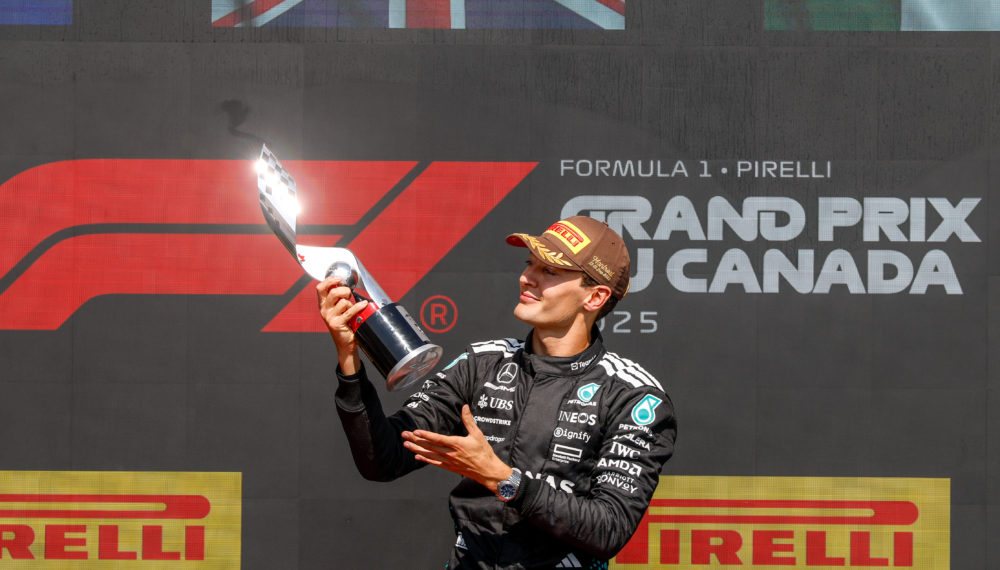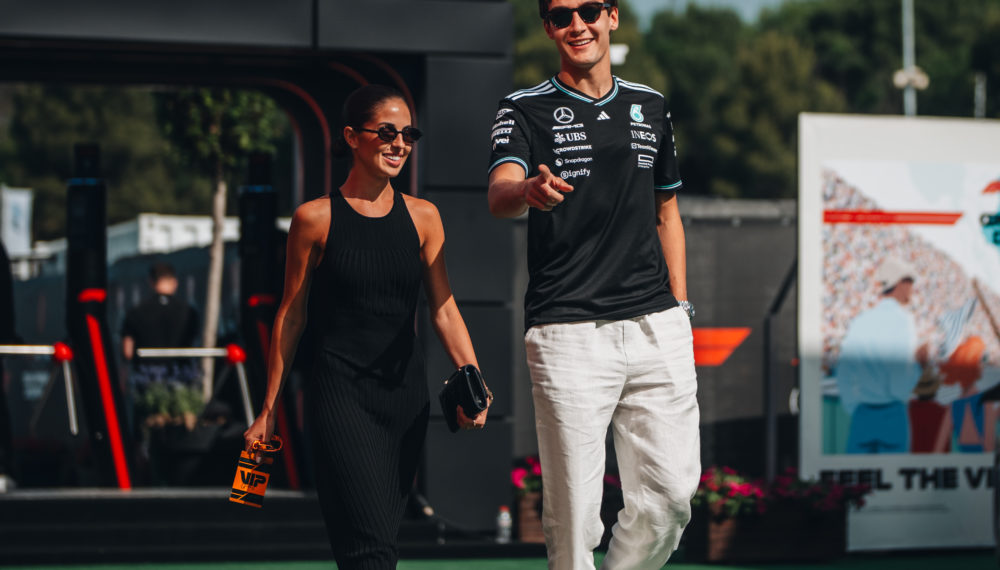The MERCEDES GP PETRONAS website offered us another look at the very complex F1 steering wheel used by their driver’s Michael Schumacher and Nico Rosberg. With speeds upwards of 200 mph, there is little time to make adjustments to the race car. With this highly technical piece of equipment, the driver has the information that he needs to drive the car and tune it for various situations with the push of select buttons.
What is on the reverse of the wheel?
The front of the steering wheel contains all the buttons and switches, but the parts fitted on the back are equally as important.
Starting from the top, there are the gear selector paddles which the driver uses to shift the gears up and down. He goes up a gear with his right hand and down with the left. A single gear shift takes only milliseconds and can be initiated with a quick flick to the paddles.
The next two smaller paddles functions are software configurable and allow the driver to ‘fast forward’ to a particular map position, for example a specific differential map that he might need in a corner.
The lower larger paddles are the clutch paddles. There is no clutch pedal in the car, just a brake and accelerator, so when the driver leaves the garage he will pull in one of these paddles, select first gear and then release the paddle like he would lift his foot on a pedal in a regular road car. After this, the clutch paddles are not used and the software in the car controls the clutch during gearshifts.
The only other times that the driver uses these paddles is during the race start if he needs to select reverse or to select first gear after being in neutral during a pit stop. There are two clutch paddles to make it easier for the driver when driving out of the garage. At some circuits, the pit lane runs right to left, and some circuits are left to right, therefore this means the driver will use different hands to actuate the paddles, hence two paddles.
The steering wheel connects to the electronics system of the car using a connector mounted into the centre of the quick release mechanism. These carry all the signals from the electronics mounted inside the wheel back to the main control unit of the car.


